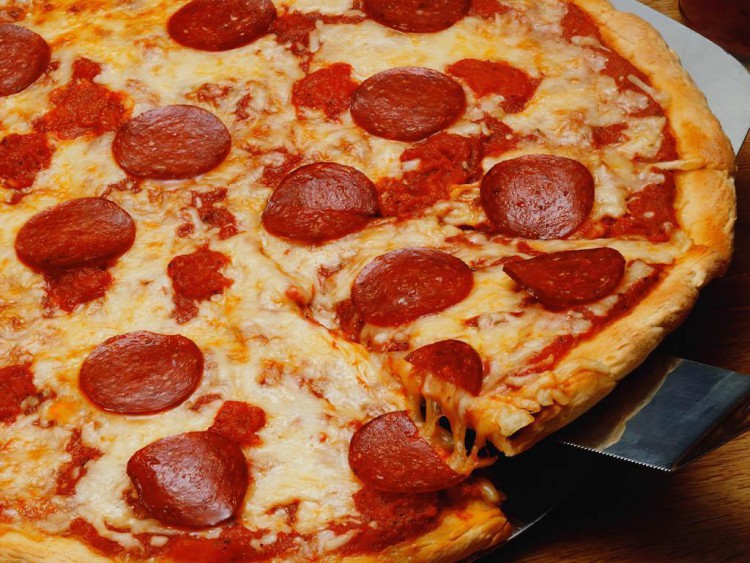
Q: “What dietary changes should I make for a ‘clean-bulking’ steroid cycle? Or should I just go for a ‘dirty bulk’ and diet the blubber off later?”
A: While a caloric excess definitely is needed for fastest gains, there’s no need to pack on fat rapidly. There doesn’t seem much difference in gains between eating enough to gain about 1 lb of fat per week versus gaining fat for example twice that fast. But obviously, for example 10 lb of added fat diets off much more quickly than does 20 lb, or with considerably less calorie restriction. So losses between steroid cycles are less, and the lesser fat gain is more productive.
The amount of caloric increase you’ll need will depend largely on how rapidly you realistically might gain muscle and on how much you might increase training while doing the cycle. For a steroid novice who has the potential to add 5 or more lb of muscle per week, I’d increase intake by a minimum of 1000 calories per day. For a more advanced lifter who isn’t going to be adding muscle at a rapid rate, an extra 500 calories per day could be a reasonable starting point, which should then be adjusted according to results.
The increase should come mostly from carbs and protein, but fat intake should still be at least 750-1000 calories per day. I don’t think there’s a need to increase protein by more than about an additional 100 grams per day in most cases.
Where faster fat gain can make sense is when you’ve found that you just can’t get past a certain point when keeping bodyfat low. You might very well find that on letting yourself get say 30 lb overfat, you break through muscle limits that held you back while lean, and you can retain most of those gains after cutting. However, because of the time required to diet fat off – time which is lost to gains – I don’t recommend this approach except where personal experience has shown it’s needed. It’s certainly never needed for the steroid novice.

About the author
Bill Roberts is an internationally-recognized expert on anabolic steroids and performance-enhancing drugs (PEDs). He received a bachelor degree in Microbiology and Cell Science and completed the educational and research requirements for a PhD in Medicinal Chemistry at a major American university.
Bill entered the nutritional supplement industry prior to completing his doctoral thesis but his education was invaluable so far as being able to design/improve nutritional supplement compounds, since it was in the field of designing drug molecules and secondarily some work in transdermal delivery.
His education was not specifically "geared" toward anabolic steroids other than expertise with pharmacological principles having broad applications. This has allowed Bill to provide unique insight into the field of anabolic pharmacology with knowledge of points which he would not have known otherwise.
Leave a Reply
You must be logged in to post a comment.